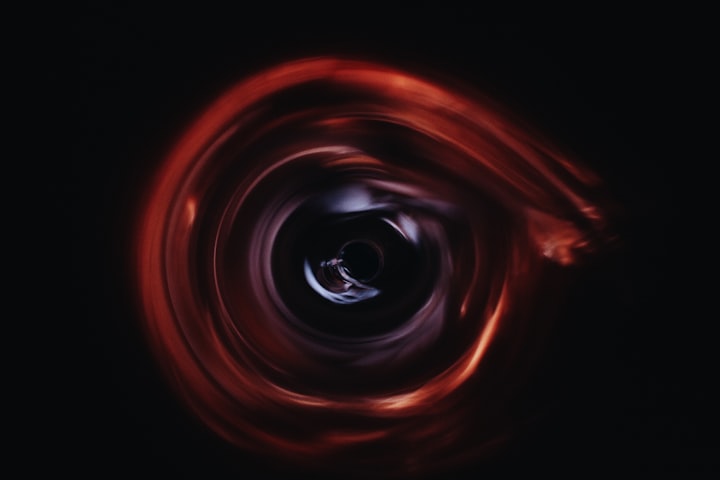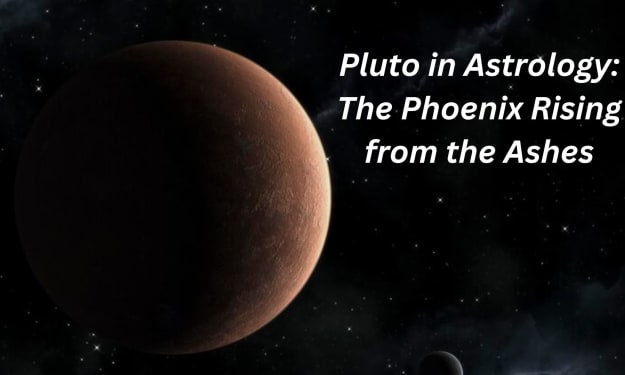Beyond Mars: Exploring the Top Contenders for Future Space Colonization
What lies beyond Mars?
In the modern age, the prospect of space colonization has shifted from the realm of science fiction to a tangible reality. As we look to the stars, the question arises: what lies beyond Mars as a potential destination for future space colonization?
The Martian Dream
Colonizing Mars has been a focal point of space exploration discussions. The Red Planet is the most Earth-like celestial body in our solar system, offering a potentially hospitable environment for human settlers. With endeavors like SpaceX's Starship and NASA's Artemis program, we are on the cusp of taking the first steps toward making Mars our second home.
Venus: Earth's Sister Turned Inferno
Venus, Earth's closest neighbor, is often referred to as its "sister planet." However, its resemblance to Earth ends at its size and rocky composition. Venus boasts a scorching surface temperature that can melt lead, and its thick, toxic atmosphere has pressures akin to those found 900 meters underwater on Earth. Despite these harsh conditions, scientists have proposed methods like floating colonies in its upper atmosphere to create a sustainable habitat.
Lunar Lure
The Moon, our celestial companion, has long been a focal point of space exploration efforts. Lunar colonies offer numerous advantages. The Moon is relatively close to Earth, making it an accessible target for space travel. Additionally, lunar water deposits could be harnessed for life support and fuel. Recent missions, such as China's Chang'e program and NASA's Artemis, aim to pave the way for sustainable lunar exploration and potential colonization.
The Asteroid Belt: Celestial Real Estate
The asteroid belt, located between the orbits of Mars and Jupiter, contains a vast array of space rocks. These asteroids could be utilized as stepping stones for future space colonization efforts. They offer opportunities for resource extraction, from precious metals to water, which could be transformed into rocket fuel. Prospects like asteroid mining may unlock the potential of this celestial real estate.
Europa and Enceladus: Subsurface Worlds
Beyond planets and asteroids, the icy moons of our solar system present unique opportunities for colonization. Europa, a moon of Jupiter, and Enceladus, a moon of Saturn, harbor vast subsurface oceans. These oceans may offer environments conducive to life, albeit alien in nature. Future missions, such as NASA's Europa Clipper and the study of Enceladus's plumes, will provide valuable insights into the potential habitability of these moons.
The Kuiper Belt: The Frontier of Our Solar System
The Kuiper Belt, a region beyond the orbit of Neptune, is home to a vast population of icy objects. Some of these objects are considered potential candidates for exploration and colonization. The dwarf planet Pluto, a member of the Kuiper Belt, has already been visited by NASA's New Horizons mission. Future missions may venture deeper into this uncharted territory, laying the groundwork for human exploration.
Exoplanets: Beyond Our Solar System
While our solar system offers several intriguing destinations for colonization, the true cosmic frontier lies beyond our sun's influence. The discovery of exoplanets, worlds orbiting distant stars, has opened up the possibility of habitable planets outside our solar system.
One of the most captivating exoplanets is Proxima Centauri b, which orbits the closest star to our solar system. Although it resides in the habitable zone, scientists continue to study its potential for life. The search for exoplanets, known as exoplanetology, has revolutionized our understanding of the cosmos and provided hope for future colonization beyond our solar system.
Challenges and Opportunities
The quest for space colonization is fraught with challenges. Colonists will face extreme conditions, from harsh planetary atmospheres to extreme temperatures. Resource management, life support systems, and psychological considerations are vital for the long-term sustainability of off-world colonies.
Despite these challenges, the opportunities are boundless. Colonizing space offers the potential for scientific discovery, resource exploration, and the survival of humanity beyond Earth. It serves as an inspiring beacon for future generations, inviting them to explore and conquer the cosmic frontier.
Interstellar Dreams
In the modern age, we find ourselves at the threshold of an era of space exploration and colonization. Beyond Mars, the top contenders for our cosmic expansion include Venus, the Moon, the asteroid belt, icy moons, the Kuiper Belt, and exoplanets. Each of these destinations presents unique challenges and opportunities.
Space colonization has captured the imagination of visionaries, scientists, and space enthusiasts alike. It embodies the relentless pursuit of exploration, the quest for knowledge, and the indomitable spirit of human curiosity. As technology advances and our collective knowledge grows, the boundaries of human possibility continue to expand. In the modern age, the future of space colonization is not merely a concept of science fiction but a tangible prospect that beckons us to journey beyond the boundaries of our world, to explore, and to colonize the cosmos.






Comments
There are no comments for this story
Be the first to respond and start the conversation.